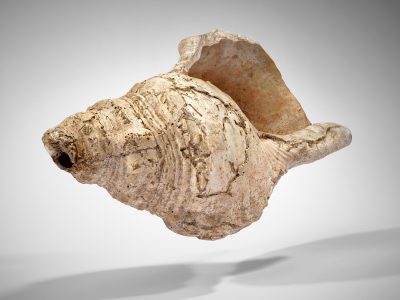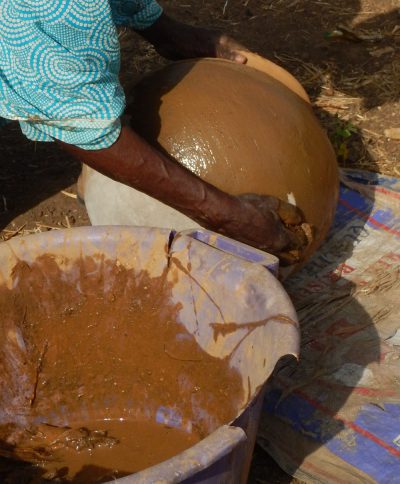Oasis soils result from the combined action of natural and anthropic processes, and thus constitute valuable systems for the understanding of human–environment trajectories over the millennia. The present research aims to develop the study of ancient oasis soils by identifying proxies to detect past agricultural practices. Ten reference pits were dug in Masafi, in both cultivated plots (irrigated plots with palm trees/fruit trees/cereals; manure/ashes/carbonates) and abandoned ones. Bulk sediment samples were analysed for geochemistry/pedo‐sedimentary studies: inductively coupled plasma‐optical emission spectrometry, loss on ignition, pH, electrical conductivity, grain size and magnetic susceptibility. This multiproxy approach enabled the creation of a soil typology of oasis agricultural modes. Irrigation and liming lead to salinisation, particularly in a B‐horizon. Manure creates a hortic horizon, enriched in P and Zn. Ashes can be detected with a simultaneous increase of magnetic and salinity values. Soils in plots with fruit trees/cereals are not distinguishable from those with palm monoculture. Weathering was identified on the basis of the enrichment in Al, Ti, K Na, Ni, Cr and Fe, whereas proxies of ancient practices seem to be preserved after 15 years of abandonment. As leaching processes appear to be limited to the first 50 cm, the durability of soil signatures depends on how they were buried.
URL : https://doi.org/10.1002/gea.21845




